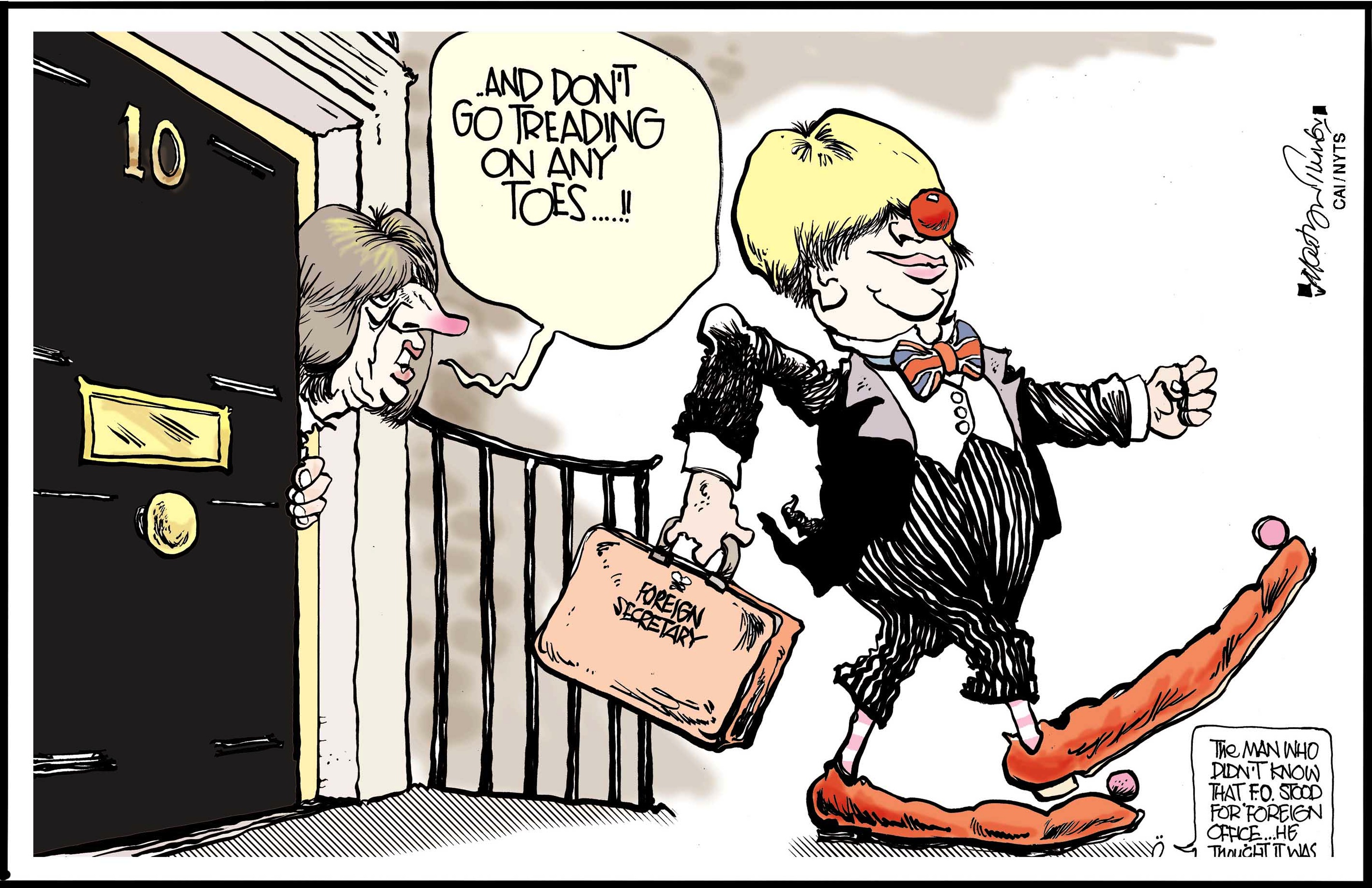Theresa May has begun her premiership with her party in its strongest position in more than a quarter of a century. In head-to-head polling, she leads her Labour Party opponent by more than 30 points, including among both "remain" and "leave" voters in Britain's EU referendum in June. This gives May an unusual opportunity to put her mark on the political agenda in the coming years.
Her Conservative government is also performing unusually well for this stage in an electoral cycle. Even before the "new leader" bounce, which has historically been worth around 10 points, the Conservatives were ahead. Polling since May's arrival in 10 Downing Street has mostly given the Tories double-digit leads, including a 43-27 advantage in the most recent poll by ICM. These figures almost exactly equal the vote shares in the 1983 election, when Margaret Thatcher achieved her party's biggest landslide since 1945. And the full effect of the bounce might still be to come.
There are various explanations for this dominance, including the unique circumstances around the Brexit vote and the departure of May's predecessor, David Cameron, whose resignation was prompted by Brexit rather than the performance of the party. In fact, according to polling data compiled by Mark Pack, Cameron is the first prime minister to resign while ahead in most opinion polls.


















With your current subscription plan you can comment on stories. However, before writing your first comment, please create a display name in the Profile section of your subscriber account page.